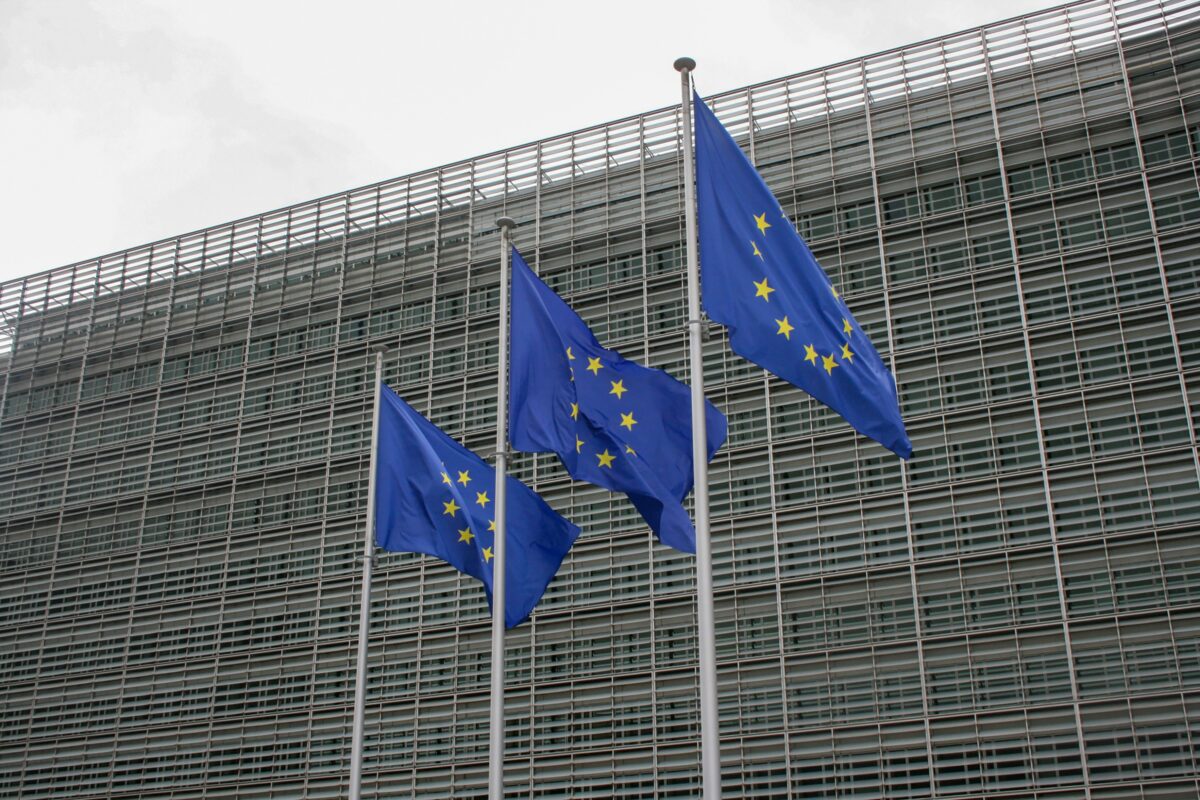In een nieuwe studie voor het Sustainable Finance Lab (SFL) hebben Rens van Tilburg en Aleksandar Simić meer dan 350 jaar geschiedenis van centrale banken geanalyseerd.
Vaker dan eens hebben centrale banken overheden bijgestaan gedurende crises. Crises die op vele vlakken te vergelijken zijn met de huidige klimaatcrisis. Klimaatverandering kan economische schade veroorzaken zoals de ergste oorlogen dat hebben gedaan. Net als in tijden van oorlog, kan ernstige klimaatverandering hoge of zelfs hyperinflatie veroorzaken. Het voorkomen van ernstige klimaatverandering kan dan ook gezien worden als een randvoorwaarde voor prijsstabiliteit.
De auteurs van deze studie laten zien dat centrale banken een unieke positie hebben. Ze hebben een lange staat van dienst als het gaat om internationale samenwerking en het zoeken naar onderlinge overeenstemming in de reikwijdte van hun mandaten. Bovendien zijn hun ambtsperiodes veel langer dan die van overheden. De geschiedenis laat daarnaast zien dat centrale banken meer dan eens een sleutelpositie hebben vervuld in de financiering van economische ontwikkelingen die van eenzelfde orde van grootte waren als het klimaatvraagstuk. Monetaire steun die in het verleden verleend werd, bijvoorbeeld tijdens de wederopbouw na WOII, leidde niet tot buitensporige inflatie. Dit alles maakt dat centrale banken uitstekend gepositioneerd zijn een actieve rol te spelen in het klimaatvraagstuk.
Van Tilburg en Simic stellen voor dat de nieuwe vormen van monetair beleid die ontstaan in reactie op de huidige economische crisis, ingezet zouden moeten worden om investeringen te stimuleren die de energietransitie versnellen. De klimaattransitie vraagt echter niet alleen om handelen op de korte termijn, maar ook om visie op de lange termijn. Die visie zou op mondiaal niveau moeten worden geformuleerd, door overheden én beleidsmakers. Centrale banken hebben hierin een belangrijke rol te vervullen.
Deze studie voegt nieuwe perspectieven toe aan de discussie over de rol van centrale banken in klimaatverandering. Monetair beleid ten aanzien van klimaatverandering zou doortastender kunnen en moeten zijn.
Arnoud Boot, voorzitter van SFL:
“Centrale banken zijn invloedrijke spelers in de huidige economie. Te invloedrijk in mijn ogen. Centrale banken hebben een plicht die invloed verantwoord in te zetten. Hoe we het klimaatvraagstuk op gaan lossen, is een van de bepalende vragen van onze tijd. Of ze het nu willen of niet, centrale banken geven met monetair beleid richting aan de economie. Het monetair beleid moet in lijn zijn met overheidsbeleid zoals het voorkomen van klimaatverandering.”
In reactie op dit rapport benadrukt Klaas Knot, president van De Nederlandsche Bank (DNB) en lid van de Raad van Bestuur van de Europese Centrale Bank (ECB):
“Klimaatverandering vormt een ernstige bedreiging voor de economische stabiliteit. Dit rapport laat zien dat perioden van hevige economische instabiliteit veroorzaakt door klimaatverandering kunnen leiden tot ernstige risico’s voor financiële en prijsstabiliteit. Op de middellange termijn is een stabiel klimaat daarom een randvoorwaarde voor centrale banken om succesvol invulling te kunnen geven aan hun mandaat.”
Het volledige (Engelstalige) rapport kunt u hieronder downloaden.



